Metaverse devices give you the ability to enter into the exciting world of the metaverse. Metaverse gear is undoubtedly intriguing. But it’s not always easy to know which devices are the best fit for your needs. You’ll soon learn which metaverse devices are considered the best of the best. And this will let you know which options fit your needs.
Quick Menu:
- A Quick Look at the Metaverse
- What Kind of Devices Are Considered Metaverse Devices?
- 10 Popular Virtual Reality & Augmented Reality Metaverse Devices
- Metaverse Devices and the Facebook Metaverse
- Metaverse Brands Are an Important Component of Metaverse Devices
- The Intersection of Web 3.0 and Metaverse Devices
A Quick Look at the Metaverse
The metaverse can be a complex subject. After all, it’s essentially a whole digital world that exists parallel to everyday physical reality. The way you interface with that world depends on your choice of metaverse gear. Augmented reality systems will overlay the metaverse onto the physical world around you. In comparison, virtual reality goggles can fully immerse you in the metaverse.
But you’ll find something equally impressive no matter what type of metaverse devices you’re using. They all open up a shared digital world that’s hyper-realistic while also bringing your imagination to life. It’s an entirely collaborative experience where you can even bring friends or make new connections.
Calling it a digital world isn’t an exaggeration. It is a whole new world to discover. But it’s constantly growing, changing, and expanding. There aren’t even any true borders within it, as the metaverse is still in its early stages. And this development process means it’s hooking into new metaverse devices. Of course, the metaverse as a whole is a vast subject. You can find everything you need to know about the metaverse in the article “Metaverse Guide; Understanding The Basics Will Open Up a New World”.
What Kind of Devices Are Considered Metaverse Devices?
You can use a wide variety of different devices to enter the metaverse. All it takes is a device with a screen, input system, and a powerful enough processor. In fact, even your computer or smartphone can access the metaverse.
It’s important to remember that computers and smartphones aren’t really designed for the metaverse. They can access it, but not in the fully immersive ways provided by accurate metaverse devices. A PC or smartphone is usually far less immersive than dedicated augmented reality (AR) or virtual reality (VR) gear. PCs or smartphones are a good way of viewing the metaverse. But specific metaverse devices let you actually enter into and fully immerse yourself in those worlds.
Virtual reality goggles or augmented reality gear essentially feeds the metaverse right into your field of vision. Input devices then give you the ability to interact with that digital world.
10 Popular Virtual Reality & Augmented Reality Metaverse Devices
The best metaverse devices need to provide something special that uniquely fits into people’s expectations. The following ten options are generally considered the most popular among metaverse gear.
Virtual Reality Metaverse Devices
Virtual reality (VR) metaverse devices fully immerse you in the metaverse. This type of metaverse gear removes your senses from the physical world and instead presents a whole new universe in front of your eyes.
Oculus Quest
The Oculus line of virtual reality headsets started in 2012 with a Kickstarter campaign and is now owned by Meta (previously Facebook). The first Oculus release came in the form of the Oculus Rift and is remembered as one of the most significant consumer-oriented innovations in metaverse gear.
The Oculus line continued apart from Rift with Oculus Quest in 2019. This model boasted some impressive features like six degrees of freedom and the use of cameras rather than external sensors. It was initially used with Android devices, but a later software upgrade provided compatibility with PC hardware to allow users to enjoy Oculus Rift compatible software.
Currently, much attention is given to the Oculus Quest 2, released in 2020, as Meta focuses on creating their own virtual worlds with an emphasis on virtual reality. As an affordable and quality option as an entry point to the VR world, the Oculus Quest 2 is an essential staple of the metaverse device category.
For more information about Oculus Quest 2, read “Oculus Quest 2: Overview, Features, Accessories and More!”.
Video: Introducing Oculus Quest 2
Valve Index
The Valve Index is considered a second-generation headset. It was created by Valve after Oculus Rift had already paved the way for home VR. Valve released the Index in 2019, which produced something of a parallel to the Oculus Quest. The Quest was moving toward a wireless free-roaming experience but lost some processing power in the process. Valve went in the other direction and tied the Valve Index into a powerful PC interface.
The Valve Index is a fully wired, head-mounted display. Users are further rooted in place by using external sensors in the form of Base Stations. These are placed throughout a room to provide precise tracking.
It’s clear that Valve was aiming for a different public segment. The Valve Index sacrificed some usability and user-friendliness by necessitating a wired PC interface and external tracking stations. But Valve Index provided fantastic graphical fidelity.
For more information about the Valve Index, read “Valve Index; Learn About Valve’s Powerful VR Headset”.
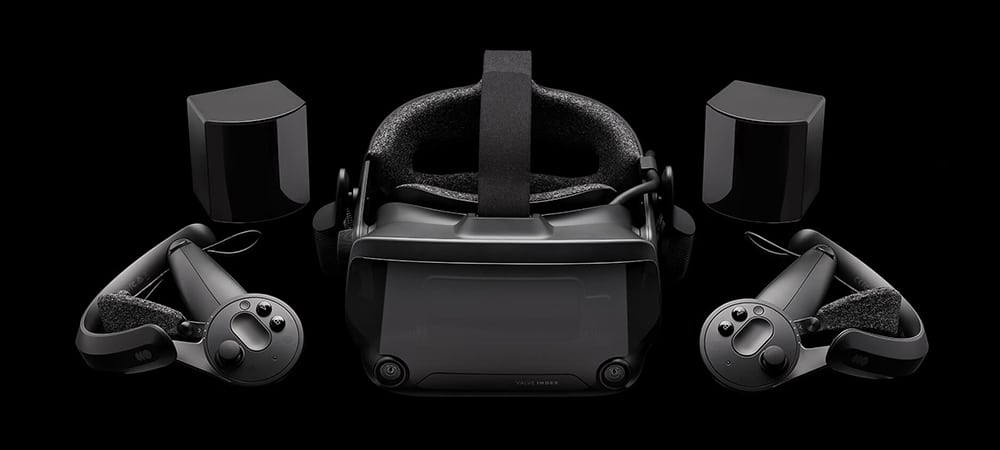
Image attribution: Valve Software
Sony PlayStation VR
The VR2 combines Sony’s next-gen VR technology with the power of their new PlayStation 5. The result is virtual reality that can work seamlessly with console gaming. In terms of usage scenarios, the Sony PlayStation VR2 walks the lines between the extremes offered by Oculus and Valve. The VR2 does use a cable connection. However, it only has one single cord that connects with the PS5. The precise location tracking for the VR2 is handled through integrated cameras rather than external sensors.
The VR2 uses eye-tracking to invoke a high level of immersion and responsiveness. This is aided by 3D audio and a sensory function that amplifies sensations triggered by in-game action. For example, imagine how you feel when objects fly by your head or you’re driving at high speeds. The VR2 helps to emulate those sensations. This is further aided by the immersion offered by the 3D audio.
For more information about Sony Playstation VR2, read “Sony PlayStation VR2; Learn About Overview, Features, and More!”
Video: PlayStation VR – Live The Game
HTC Vive Series
The HTC Vive metaverse devices are a VR-oriented platform from HTC. Like the Valve Index, it specifically targets people who want a more graphically intense experience. In fact, HTC partnered with Valve for the initial launch of Vive. This provided a full implementation of SteamVR for the HTC Vive.
HTC upgraded its system even further in 2018 with the Vive Pro. This was followed by the Vive Cosmos, which provides motion tracking without the need for base stations. It also has advanced displays with a 1080×1200 per eye display and a 110-degree field view.
The Vive Cosmos does require a link to PCs through a “link box”. This contains power connectors, an HDMI port, and a USB 3.0 port, but HTC also has a lower-powered Vive Flow option. The Vive Flow metaverse gear pairs with smartphones to provide lighter entertainment and a more relaxation-focused experience for users.
For more information about HTC Vive Pro 2, read “HTC Vive Pro 2; Learn About the Newest HTC VR Headset”.
Video: Meet VIVE Pro 2 | VIVE
HP Reverb G2
The HP Reverb G2 is one of the metaverse devices in the Windows Mixed Reality (WMR) family. This is the banner term under which Microsoft has placed the entirety of their hopes for holographic computing. The HoloLens line is also part of the WMR family.
The Reverb G2 connects to a PC and typically requires relatively powerful hardware. However, the G2 has a unique “half resolution” mode to lower the hardware requirements. But when the G2 runs at full power, it can provide an impressive experience. It has some of the best-looking graphics and a high refresh rate for a smooth user experience.
Despite the device’s options and high powered system, it also comes in with a surprisingly low weight. The G2 is on the higher end for graphical displays. But it’s quite a bit lighter than the Index or Vive Cosmos. This can enhance the user’s overall immersion.
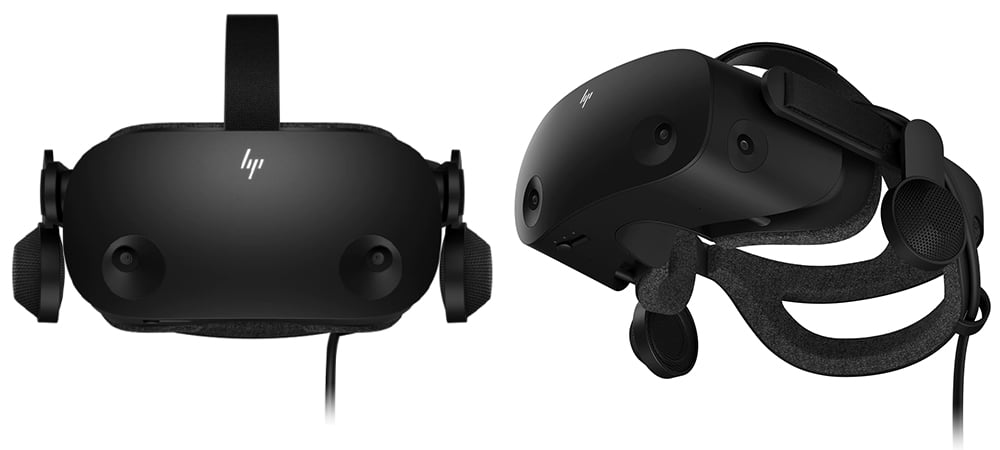
Image attribution: hp
Augmented Reality Metaverse Devices
Most people think of virtual reality when the topic of the metaverse comes up. But augmented reality is also an essential part of the metaverse. Metaverse devices focused on augmented reality will overlay aspects of the metaverse on top of the real world. This type of metaverse gear can offer a uniquely different take on the concept.
Microsoft HoloLens
Microsoft has coined the term “mixed reality” for its augmented reality ventures. And the HoloLens is easily their most significant leap into mixed reality. One of the device’s most impressive elements comes from many sensors. It uses many optical sensors, cameras, microphones, light sensors, and a proprietary “Holographic Processing Unit” that Microsoft labels as more potent than the average laptop. The device can perfectly detect a room’s walls, objects, and layout to inject metaverse elements. In short, it’s one of the best metaverse devices for augmented reality.
Microsoft offers both development and commercial version of the HoloLens. And the total cost can range from $3,000 to $5,000. It’s still an early project and some aspects, like hand motion detection, aren’t quite there yet. But even with those caveats and a high price tag, it’s clear that the HoloLens is a giant leap forward in augmented reality.
Video: What can HoloLens 2 do?
Epson Moverio
The Epson Moverio is a line of augmented reality smart glasses which use a Si-OLDED display for exceptional clarity of vision with a wide 34° field of view. The display is all fully HD with 1080p resolution and high contrast.
The high-end model, BT-40S, takes the specs even higher. It has a resolution equivalent to a 120″ screen that’s seen from 15 feet away. Of course, either one of the two options, the standard BT-40, and BT-40S, also sport a unique and appealing visual aesthetic. The glasses even come in multiple form factors and designs.
Epson is particularly noteworthy because they’re targeting multiple usage scenarios with the Moverio. The glasses are a fantastic match for the consumer space. There’s a wide variety of activities that can be enhanced with them. But Moverio is also making a solid effort to offer professional and even industrial workplaces applications.
Video: Epson Moverio BT-300: A New Way Of Seeing The World
MagicLeap
MagicLeap is one of the more established augmented reality brands. It was founded in 2010 to create wearable technologies. Their augmented reality device, the Magic Leap 1, emphasizes a combination of light form factor and high-performance computing.
The Magic Leap 1 offers a low-latency multi-modal input to process user interactions. This works in combination with a 6DoF controller that allows for both precise manipulation and haptic feedback. This means that when users interact with virtual objects, they can feel elements of them. On top of this, the Magic Leap 1 also has eye-tracking, hand-tracking, and voice input to streamline AR interaction further.
Despite only weighing 316 grams, the Magic Leap 1 also has some impressive processing capabilities. It’s one of the real surprises among metaverse devices when you consider that this light device can handle heavy-duty 3D visualization and collaborative co-presence alongside web apps.
Video: Magic Leap & The Future of Graphic Novels | Madefire x Dave Gibbons
Vuzix
Vuzix offers several different metaverse devices, including various options to work with AR. The M400 is a powerful device that uses waveguides focused at about 1.5 meters. This provides a model for sight that’s better integrated with human vision than many competing technologies. It may even work with impaired vision. They also offer a variant called the M400C that has a lighter design. However, this is achieved by removing most of its processing capabilities. The M400C will instead need to be plugged into a separate computing system.
The Vuzix Blade is another product line that combines waveguide optics and a self-contained AR system. The Vuzix Blade is primarily marketed toward commercial use. For example, it can be used for inventory, training, collaboration, etc. But the potential for the glasses is essentially endless. They’re as versatile and easy to use as smartphones.
Video: Introducing Vuzix M4000 Smart Glasses
Google Glass Edition 2
The original Google Glass was one of the first forms of AR on the market. But it faded away in 2013 due to public concerns over its video recording capabilities. Today the Glass Enterprise Edition 2 is taking that original idea in a new direction and is one of the metaverse devices that shows AR’s true versatility.
Google’s new Glass has an XR1 processor, which offers efficient processing and advanced AI capabilities. Thanks to its AI, the inventive design provides strong performance and enhanced optics-related processing.
This metaverse gear provides full support for 720 p video with an 80-degree field of vision for the camera. It also has onboard GPS and dual-band WiFi. If someone needs an even better camera, the Glass can be upgraded to 8 MP for HD video. And the Google Glass Edition 2 is easy to use thanks to voice-command support.
Video: Glass Enterprise Edition 2
Metaverse Devices and the Facebook Metaverse
Of course, Facebook, now known as Meta, is one of the most significant corporate interests related to the metaverse. They already have a strong presence with both metaverse devices and software for the metaverse. In addition to this metaverse gear, the company has a solid plan to bring the digital world into people’s lives.
Combining a pre-existing platform with Facebook and a solid hardware base has made them one of the most important companies related to the metaverse’s development. You can get the full story of the Facebook Metaverse in the article “Facebook Metaverse; Explained, Examples, Devices, Vision & Critics”.
Metaverse Brands Are an Important Component of Metaverse Devices
Most of the top metaverse devices come from established companies. It shouldn’t come as a surprise to find that the metaverse itself is home to many popular brands. But these entities go far beyond the metaverse gear seen so far. Everything from fashion to athletic gear can be found in the metaverse.
The convergence of real-world products and items in the metaverse will keep growing as these technologies continue to grow. It really highlights the metaverse’s true potential. You can learn about some of the most exciting metaverse brands in the article “Top 12 Metaverse Brands Selling Their Products Digitally”.
The Intersection of Web 3.0 and Metaverse Devices
Metaverse devices often provide functionality that’s parallel to the standard metaverse. For example, Web 3.0 is one of the most important new technologies currently in development. The various Web 3.0 implementations also incorporate many aspects of the metaverse. And yes, Web 3.0 can also be used with a lot of metaverse gear. The convergence of these seemingly disparate technologies can lead to amazing possibilities.
However, Web 3.0 is a large topic that deserves special attention. You can find out more about Web 3.0 and how it relates to the metaverse in the article “Web 3.0 Guide; Clearly Explained With Examples”.
Metaverse devices offer a way to access one of the most rapidly evolving new technologies around. All of the top metaverse gear offers a unique spin on this concept. But the metaverse holds amazing potential no matter which you choose.
Did You Like This Article About Metaverse Devices?
You might also be interested in the following articles:
- Metaverse Trends; Upcoming Milestones for the Digital Frontier
- Ray-Ban Smart Glasses: Ray-Ban Stories, Features, Prices & More
- Metaverse Startups: 10 Compelling Metaverse Startup Companies
- NFT Meaning for Various Industries: How NFTs Disrupt Digital Markets

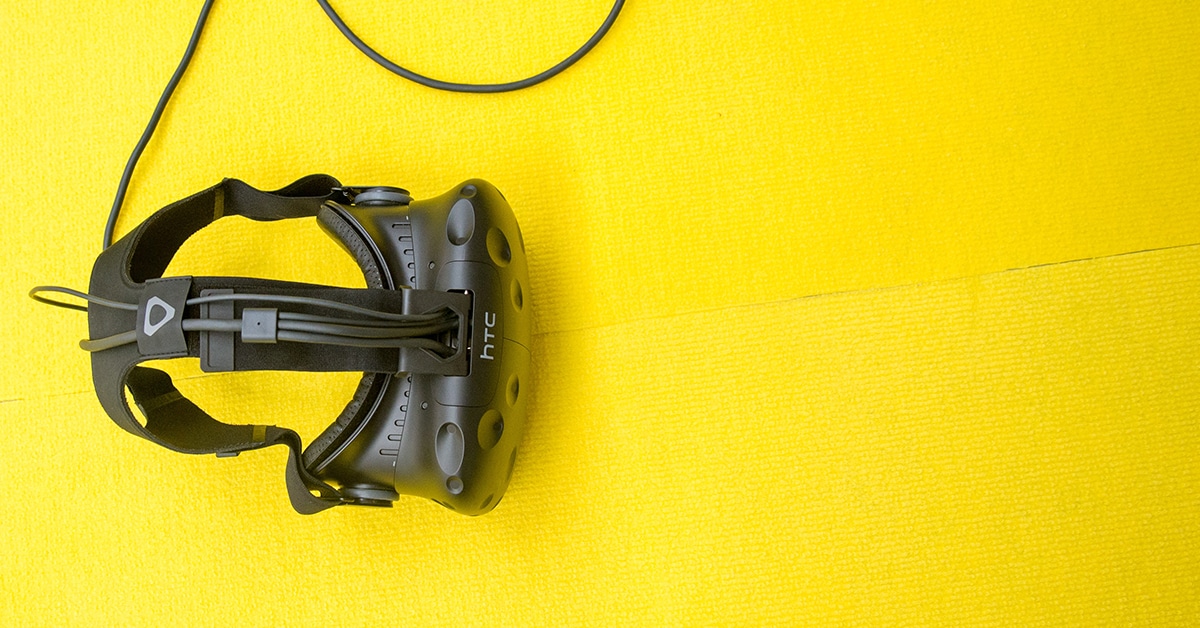
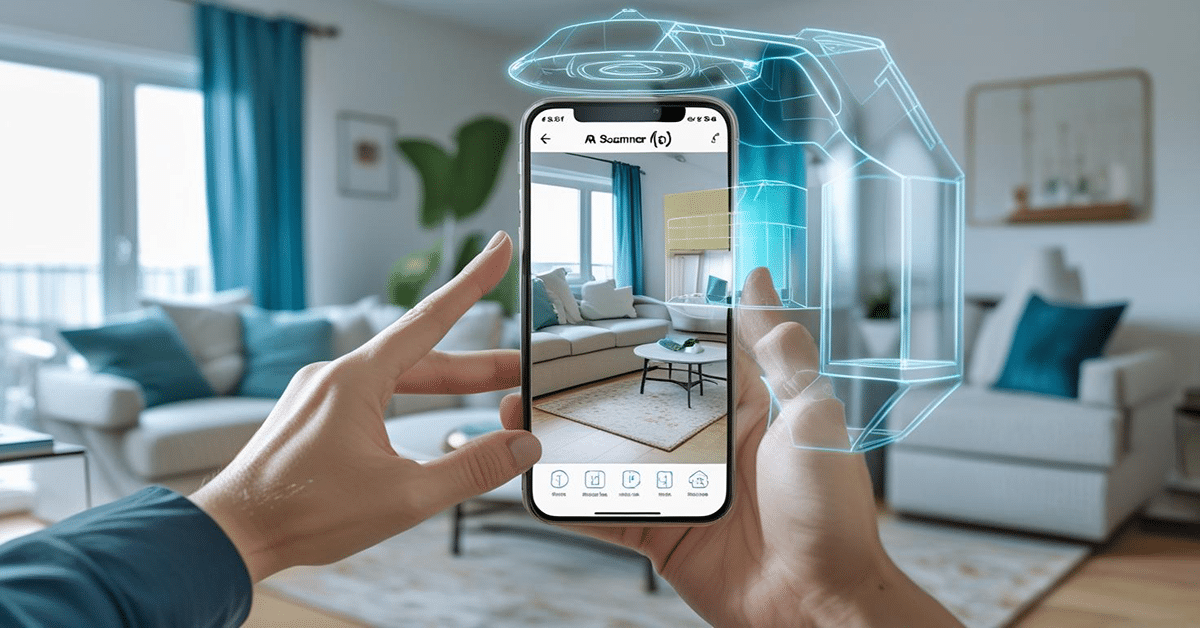
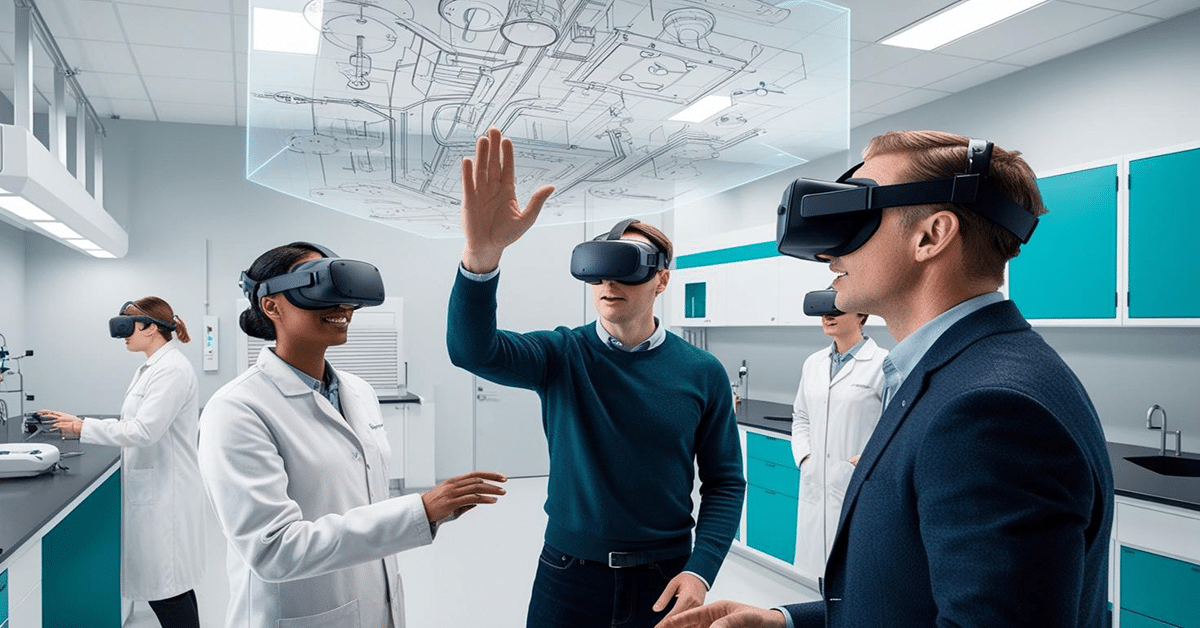





Leave A Comment